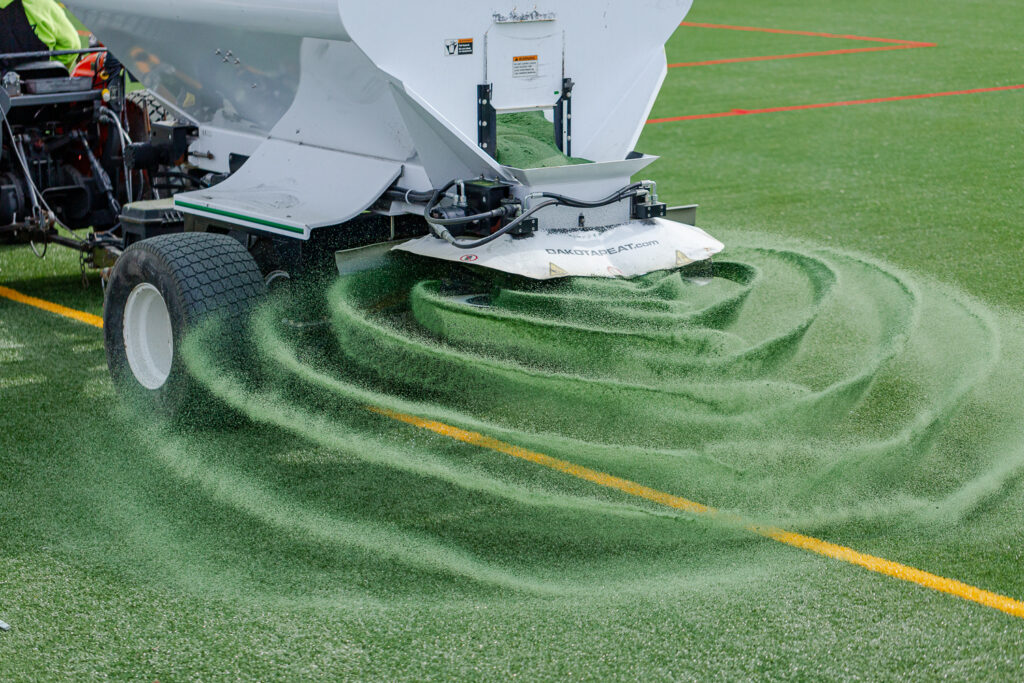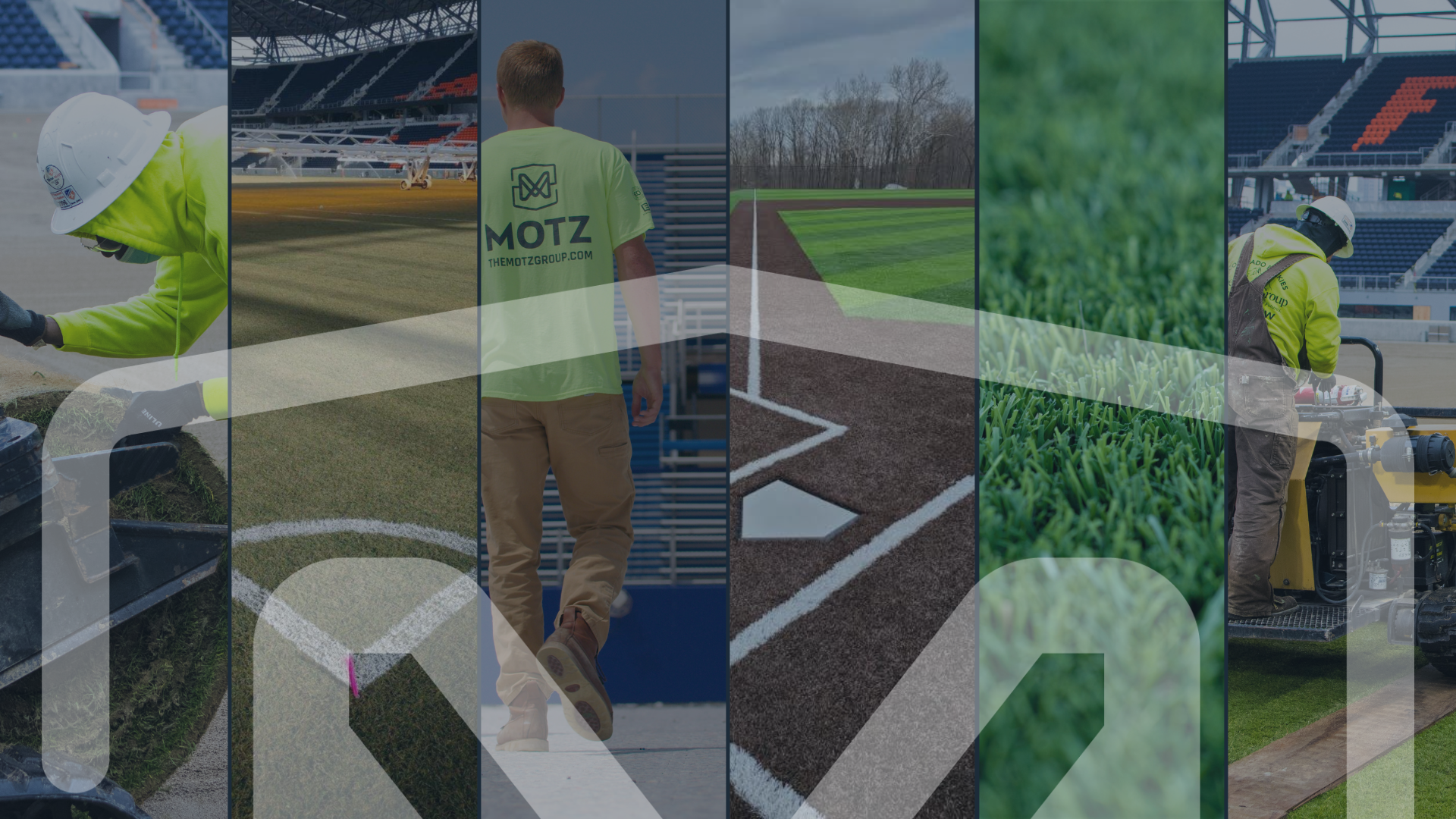
Sports Field Blog
Subscribe To Email Updates
Subscribe to our weekly newsletter and we’ll send updates straight to your inbox
What are the Top 5 Turf Field Maintenance Practices?
As the manager of an athletic facility or sports field, there is a long list of tasks and activities for which you are responsible. When it comes to your field, the benefit of installing synthetic turf is that your maintenance list is shorter. To help you prioritize what is most important for taking care of your field and allow you to turn attention to other tasks, we’ve outlined the top five key activities and focuses.
The most important things we recommend field owners focus on:
1. Maintaining infill levels in “high-traffic” areas
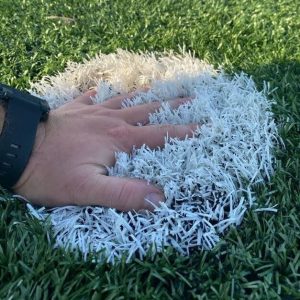
Ensuring that high-traffic areas on your field are properly filled with infill, and adding infill when those areas get low, is a vital activity to the health of your field and the safety of your athletes. Repetitive actions from participants can cause infill to displace from those areas. Over time, if infill isn’t replaced, the continued kicking or sliding into those spots can lead to fiber degradation, high gmax numbers, and possible premature replacement.
2. Rotation of athletic activities
One of the most frequent observations our maintenance crews make on fields is activities occurring in the same areas on the field over and over, without rotation. This will look like the previous recommendation of lower infill in larger areas. Typically, this will be the closest area to the entrance of the field. When your athletes practice on the turf between games, recommend that they spread out around the field or rotate the location of those activities.
3. Proper grooming habits and frequency
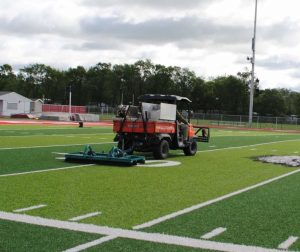
Grooming is the best practice you can implement for your field. For every 40 hours of field activity, be sure to groom it with your turf equipment. In times of peak scheduling, that will be around every two weeks. This practice keeps your field looking good and performing it’s best.
4. Protecting the surface for events and general maintenance
Your synthetic turf field can serve as much more than just a surface for athletic activities. Many facilities take advantage of the field to serve as an event or meeting space. It’s crucial that hosting things like graduations, parties, or other large gatherings, you protect the field from any accommodations that could cause harm to the surface. If tents or other items being erected on the field are a necessity, no stakes should be used to secure ropes, poles, etc., as they can cause damage to the backing of the synthetic turf. Chairs or tables should have rubber caps on the legs to avoid the same.
5. Monitoring potential safety hazards
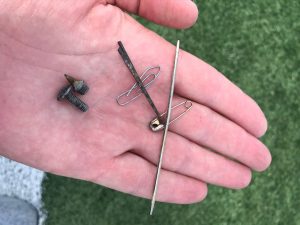
During your grooming and other regular maintenance, be sure to keep an eye out for any hazards or issues that may arise on your field. This can include loose inlays, sink-holes, debris or metal, worn fibers, etc. Paying close attention to field conditions on a frequent basis can stop minor problems from becoming major ones. Take note and contact Motz365 or your maintenance provider at once to remediate.
Create A Field Maintenance Plan With Motz365
Our team is dedicated to assisting field owners make a maintenance plan and ensure caring for your synthetic turf as efficient as possible. Set-up a meeting with our Motz365 Turf Care Experts to get your plan together today!
Similar Blogs

